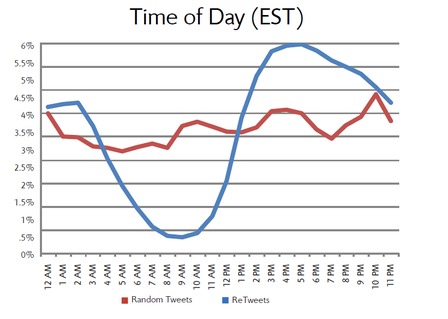We won’t solve the national debt crisis following the same mindset we have currently. This mindset, this logic we have inherited from the Industrial Age.
Solving the national debt crisis will necessarily require thinking outside the box, outside the usual operation of our social institutions. New institutions will need to be created, current institutions will become obsolete. The change that is required is a rupture change.
The balance of national accounts is a balance between income and expenses of our collective institutions (government, social security, etc). It requires first to understand what collective institutions we need and want – the basis of our social contract. Over time most developed countries have evolved collective institutions that provide a significant protection to individuals (health, minimum social support, justice), protection of society as a whole (military, police), implementation and building collective infrastructure (roads, etc),and a large number of other important services related to information management and statistics.
These national institutions are generally governmental and not submitted to competition. They don’t have to adapt to the new conditions of the world as quickly and thoroughly as other organizations.
In many instance those collective protection institutions have based their intervention on a standard career path and value production environment – mandatory age for retirement, structure of health insurance based on salaried employment, etc.
As the Fourth Revolution unfolds with more diverse lives, some developing internationally, these approaches will prove increasingly obsolete.
Yet it remains important to provide a minimum social protection to anyone should life be unkind. This is typically provided in the form of an insurance, averaging the risk over a large number of people and instances.
The first way to address the debt crisis is thus to ask again what core needs our social institutions should address. Protection needs to be made personal, not collective, because our lives will be more diverse – that is a significant change. Creating the right infrastructure is key to the economical development, requires long term funding beyond the normal horizon of private investors – public implication is needed. Etc.
The second way to address the debt crisis is to examine whether submitting the institutions that deliver these services to competition could not deliver a more sustainable service. Indeed the fact that information management is now available to anyone, and not just reserved to expensive bureaucracy as it was a few decades ago, is a key change brought by the Fourth Revolution. Most traditionally public functions can now be delivered reliably by private organizations. Why hesitate?







